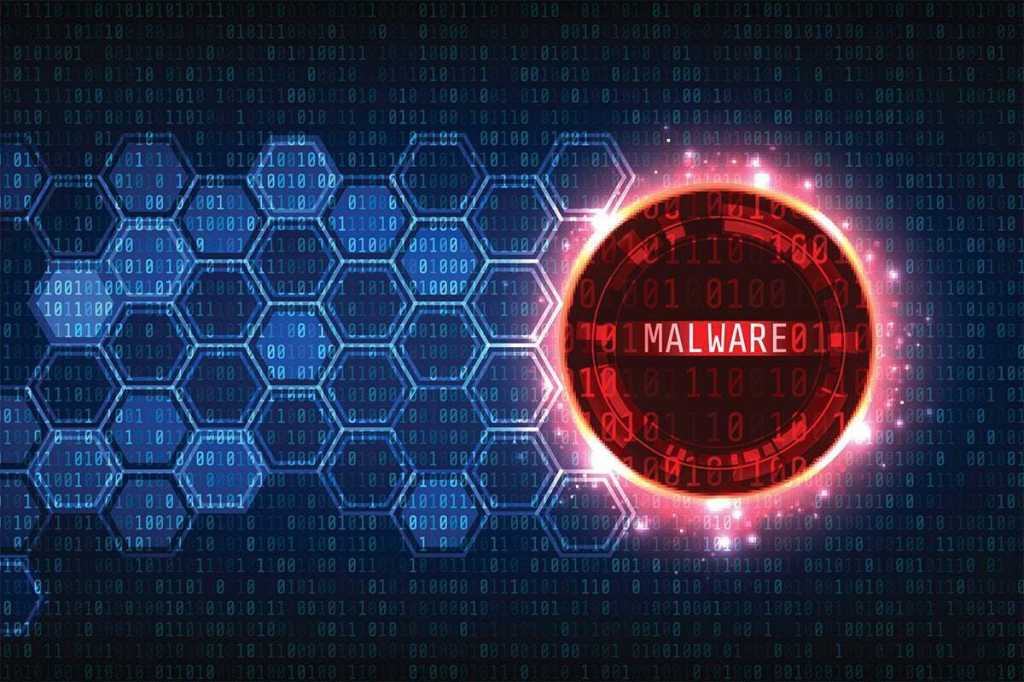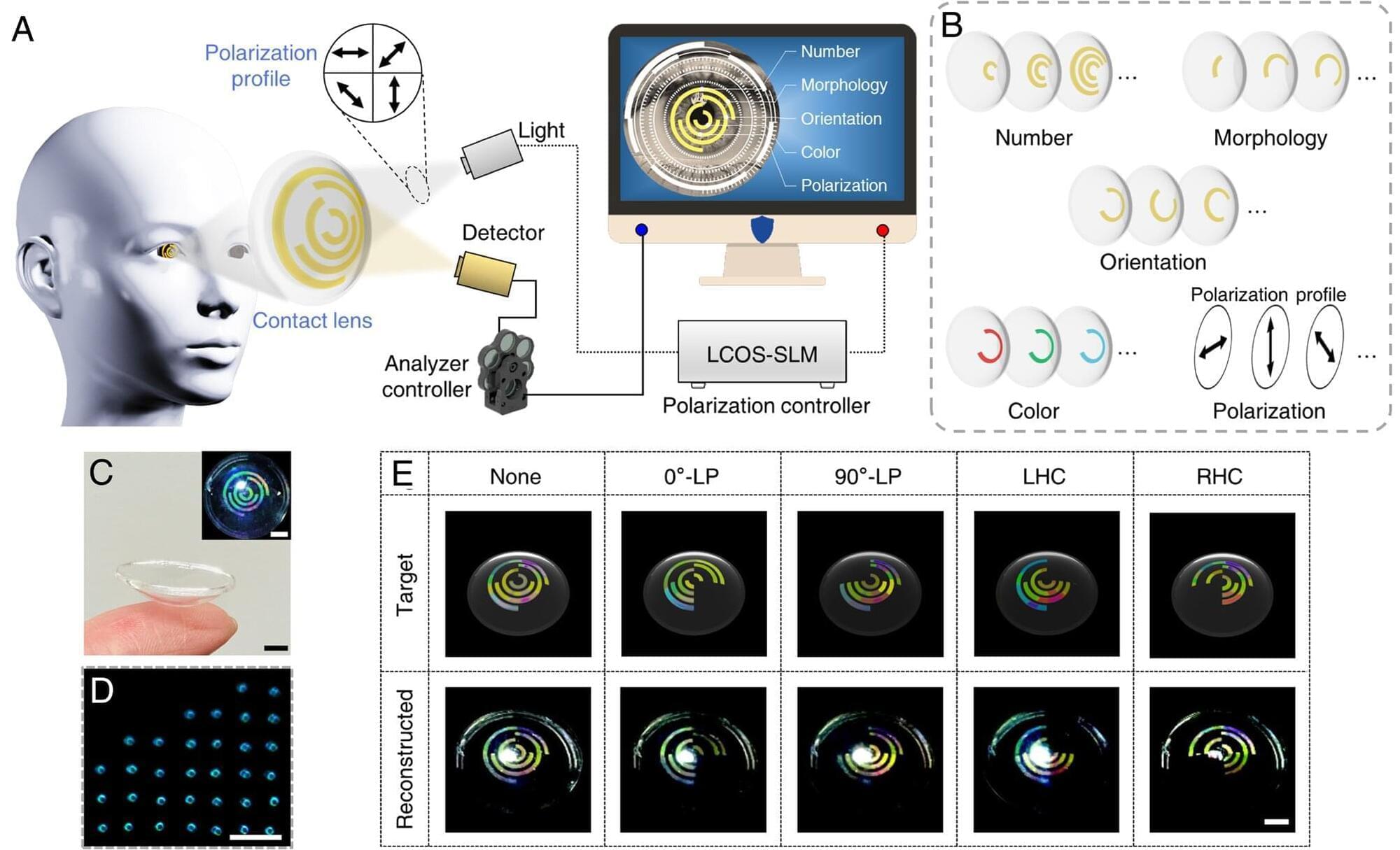Report suggests importance to CISOs of strengthening security awareness training for employees.


Rodolfo Llinas tells the story of how he has developed bundles of nanowires thinner than spider webs that can be inserted into the blood vessels of human brains.
While these wires have so far only been tested in animals, they prove that direct communication with the deep recesses of the brain may not be so far off. To understand just how big of a breakthrough this is—US agents from the National Security Agency quickly showed up at the MIT laboratory when the wires were being developed.
What does this mean for the future? It might be possible to stimulate the senses directly — creating visual perceptions, auditory perceptions, movements, and feelings. Deep brain stimulation could create the ultimate virtual reality. Not to mention, direct communication between man and machine or human brain to human brain could become a real possibility.
Llinas poses compelling questions about the potentials and ethics of his technology.
Are you curious about the future of neurotechnology, learn more about brain implants and brain computer interfaces, commonly referred to as BCI’s?
We will look at that as well as the potential of neurotechnology and its implications for society? In this video, we’ll explore the ethical and societal implications of neurotechnology, from personal identity to privacy and security. We will also look at how neurorights can help protect us now as well as into the future. Join us on this journey to understand the complex ethical considerations that come with advances in neuroscience!

In today’s AI news, CoreWeave has acquired AI developer platform Weights & Biases. According to The Information, CoreWeave spent $1.7 Billion on the transaction. Weights & Biases was valued at $1.25 Billion in 2023. The acquisition extends CoreWeave’s purpose-built cloud platform by enabling an end-to-end experience for customers, enhancing functionality for the world’s leading AI labs and enterprises to build, tune and deploy AI applications.
S Turing Award — often called the Nobel Prize of computer science — is going to Andrew Barto and Richard Sutton, the pioneers of a key approach that underlies much of today Then, a team of researchers at Zoom has developed a breakthrough technique that could dramatically reduce the cost and computational resources needed for AI systems to tackle complex reasoning problems, Chain of draft (CoD), enables large language models (LLMs) to solve problems with minimal words — using as little as 7.6% of the text required by current methods while maintaining or even improving accuracy.
And soon, all businesses will be able to use Meta’s AI to power live, 24/7 customer service that can interact with customers on behalf of businesses on Instagram, Facebook, and WhatsApp. Meta announced advancements in business AI—including the customer service AI agent that will make purchases and can respond to voice prompts from a user.
In videos, say goodbye to manual contract processing! IBM’s Brandon Swink explores how Generative AI, ECM, and Orchestration Hubs streamline document management and improve efficiency. Discover how these technologies transform your approach to complex documents.
And, in this episode of Top of Mind, Gartner Distinguished VP Analyst Daryl Plummer explores the emerging world of guardian agents — AI designed to monitor other AI. Learn how guardian agents will become critical for organizations deploying AI agents for quality control, system observation and security from rogue AI behavior.
Then, how far are we from a true one-person unicorn and what does this mean for the future of employment and capital? Panelists Benjamine Liu, Kanjun Qiu, Dan Murphy, Mitchell Green, Sarah Franklin, and Richard Socher discuss this engaging topic during the recent World Economic Forum in Davos.
S Julia Boorstin sitting down Clara Shih, Meta Thats all for today, but AI is moving fast — like, comment, follow, and subscribe for more Neural News!

In today’s AI news, CoreWeave has acquired AI developer platform Weights & Biases. According to The Information, CoreWeave spent $1.7 Billion on the transaction. Weights & Biases was valued at $1.25 Billion in 2023. The acquisition extends CoreWeave’s purpose-built cloud platform by enabling an end-to-end experience for customers, enhancing functionality for the world’s leading AI labs and enterprises to build, tune and deploy AI applications.
S Turing Award — often called the Nobel Prize of computer science — is going to Andrew Barto and Richard Sutton, the pioneers of a key approach that underlies much of today Then, a team of researchers at Zoom has developed a breakthrough technique that could dramatically reduce the cost and computational resources needed for AI systems to tackle complex reasoning problems, Chain of draft (CoD), enables large language models (LLMs) to solve problems with minimal words — using as little as 7.6% of the text required by current methods while maintaining or even improving accuracy.
And soon, all businesses will be able to use Meta’s AI to power live, 24/7 customer service that can interact with customers on behalf of businesses on Instagram, Facebook, and WhatsApp. Meta announced advancements in business AI—including the customer service AI agent that will make purchases and can respond to voice prompts from a user.
In videos, say goodbye to manual contract processing! IBM’s Brandon Swink explores how Generative AI, ECM, and Orchestration Hubs streamline document management and improve efficiency. Discover how these technologies transform your approach to complex documents.
And, in this episode of Top of Mind, Gartner Distinguished VP Analyst Daryl Plummer explores the emerging world of guardian agents — AI designed to monitor other AI. Learn how guardian agents will become critical for organizations deploying AI agents for quality control, system observation and security from rogue AI behavior.
Then, how far are we from a true one-person unicorn and what does this mean for the future of employment and capital? Panelists Benjamine Liu, Kanjun Qiu, Dan Murphy, Mitchell Green, Sarah Franklin, and Richard Socher discuss this engaging topic during the recent World Economic Forum in Davos.
S Julia Boorstin sitting down Clara Shih, Meta Thats all for today, but AI is moving fast — like, comment, follow, and subscribe for more Neural News!.7 Billion” | >

Phase transitions are a familiar part of life, representing predictable paths by which solids turn to liquids, mixtures turn to solutions, magnets become nonmagnetic. Temperature plays a central role in driving many phase transitions, however there are others that don’t depend on temperature at all—such as instabilities in social networks, bird flocking, and even the process of visual recognition in humans. Phase transitions represent change that impacts all length scales from the tiniest to the global, becoming permanent on time scales from the shortest to the longest. Most enigmatic are phase transitions that happen only at zero temperature, driven by the intrinsic quantum mechanical nature of matter. How are these quantum phase transitions different from temperature driven phase transitions? What are the different phases that can be explored by quantum systems at zero temperature? Living as we do at nonzero temperature, can we experience quantum phenomena that occur at zero temperature? Phase transitions and the ways in which they pattern space and time are at the heart of our developing understanding of quantum matter.
Meigan Aronson is an experimental condensed matter physicist whose research centers on the discovery and exploration of quantum materials. She received her undergraduate degree from Bryn Mawr College, and her PhD in Physics from the University of Illinois at Urbana-Champaign. After a postdoc at Los Alamos National Laboratory, she enjoyed faculty positions at the University of Michigan and at Stony Brook University, where she was also a group leader at Brookhaven National Laboratory. Her research uses neutron scattering to study the emergence of new phases of matter, especially novel types of order that are only found near quantum phase transitions. She is a Fellow of the American Physical Society and the Neutron Scattering Society of America, and has received the Department of Defense National Security Science and Engineering Fellowship. She is currently a Professor in the Department of Physics and Astronomy and a Principal Investigator at the Stewart Blusson Quantum Matter Institute at The University of British Columbia, where she also served as Dean of the Faculty of Science.
This public lecture was recorded at Aspen Center for Physics on Wednesday, February 26, 2025. Thank you to the Nick and Maggie DeWolf Foundation for making our winter lecture series possible since 1985.
#quantumphasetransitions #spin #quantummechanics #neutronscattering #quantumphases #physics

Using the Frontier supercomputer, researchers have cracked a major challenge in nuclear physics: accurately predicting nuclear structure and forces at an unprecedented level of detail.
Their discoveries, including new insights into the shape-shifting nature of the 30-neon nucleus, could revolutionize scientific fields ranging from quantum mechanics to national security.
Revolutionizing Nuclear Predictions with Frontier.

A dataset used to train large language models (LLMs) has been found to contain nearly 12,000 live secrets, which allow for successful authentication.
The findings once again highlight how hard-coded credentials pose a severe security risk to users and organizations alike, not to mention compounding the problem when LLMs end up suggesting insecure coding practices to their users.
Truffle Security said it downloaded a December 2024 archive from Common Crawl, which maintains a free, open repository of web crawl data. The massive dataset contains over 250 billion pages spanning 18 years.

Researchers discovered 49,000 misconfigured and exposed Access Management Systems (AMS) across multiple industries and countries, which could compromise privacy and physical security in critical sectors.
Access Management Systems are security systems that control employee access to buildings, facilities, and restricted areas via biometrics, ID cards, or license plates.
Security researchers at Modat conducted a comprehensive investigation in early 2025 and discovered tens of thousands of internet-exposed AMS that were not correctly configured for secure authentication, allowing anyone to access them.

Chiral-structural-color materials produce color through microscopic structures that interact with light rather than through pigmentation or dyes. Some beetle exoskeletons, avian feathers, butterfly wings, and marine organisms feature these structures naturally, producing iridescent or polarization-dependent colors. Over the last 10–15 years, scientists have made progress in developing artificial chiral-structural-color materials.
Recently, Chinese researchers have made a breakthrough in the field by discovering that microdomes made from common polymers exhibit tunable chiral structural colors with broad-spectrum capabilities and multiple polarization-modulated chirality. This advancement could have significant implications for applications in displays, sensors, and data security.
Published in PNAS, the study was led by Prof. Li Mingzhu’s team from the Technical Institute of Physics and Chemistry of the Chinese Academy of Sciences.